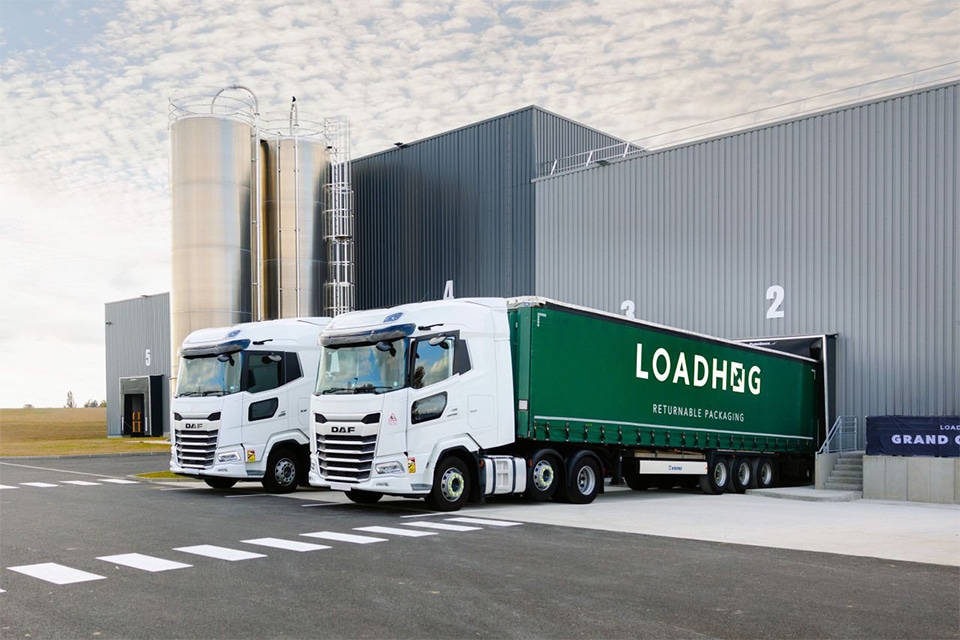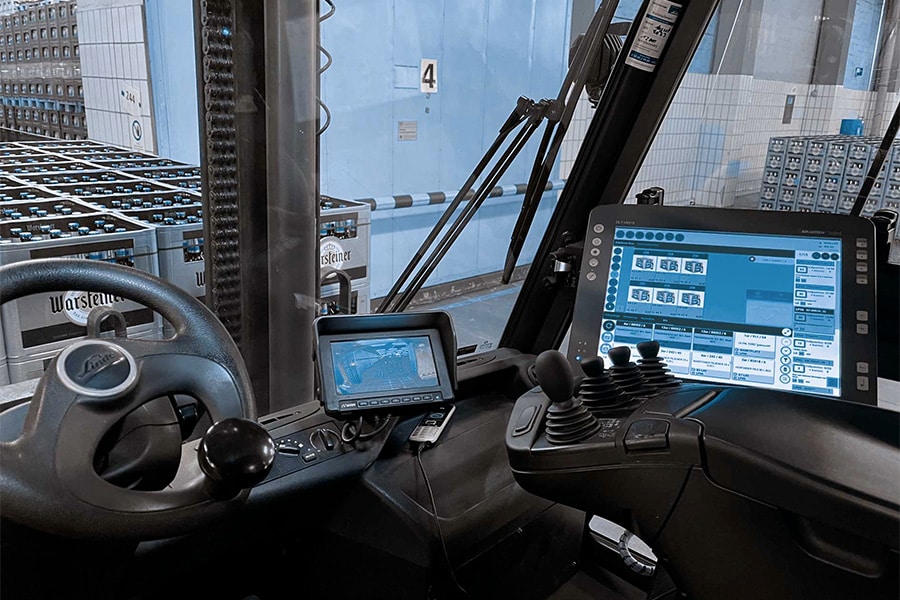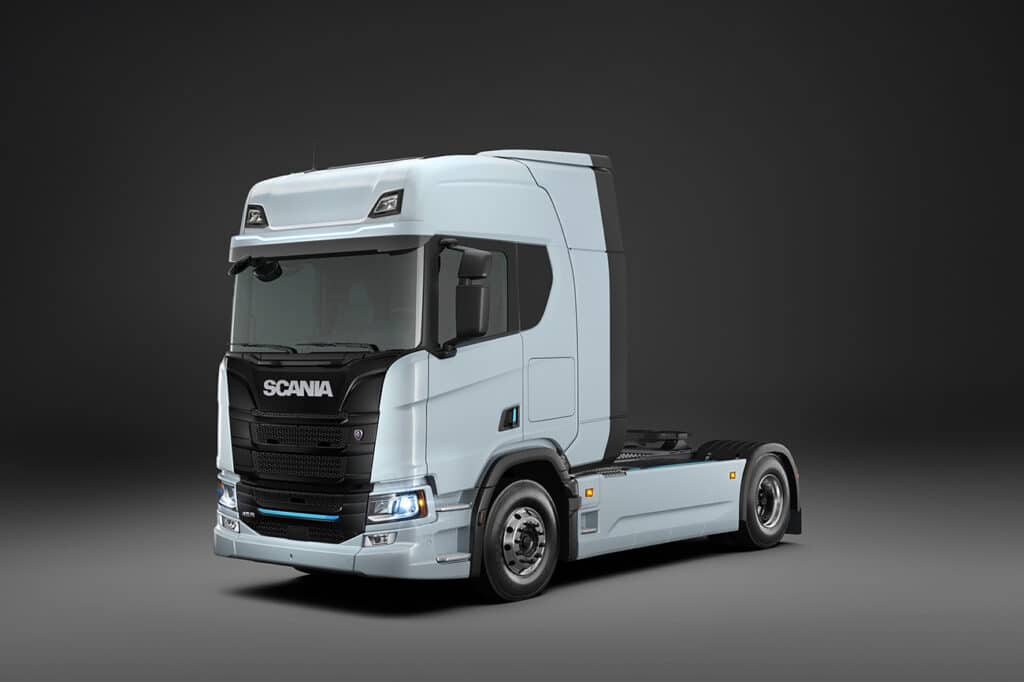
The next level of BEV solutions: Scania introduces electric trucks for regional long-haul operations
True to its announced roadmap, Scania is now introducing solutions based on the next step of battery-electric powered trucks (BEV). The new generation, available with R or S sleeper cab, is part of a total solution that opens the door to the electrified transportation landscape wide for a wide range of customers and applications. With 624 kWh of batteries installed, Scania provides the means for a significant change in terms of electric trucks and their deployment in regional long-haul transport.
"This introduction marks an important milestone for us and for our partners," said Christian Levin, Scania's CEO. "We are now expanding our offering in all dimensions by providing new capabilities for a wide range of customers and the entire transportation ecosystem. These trucks are part of solutions that include all the capabilities that electrification of the transport sector demands."
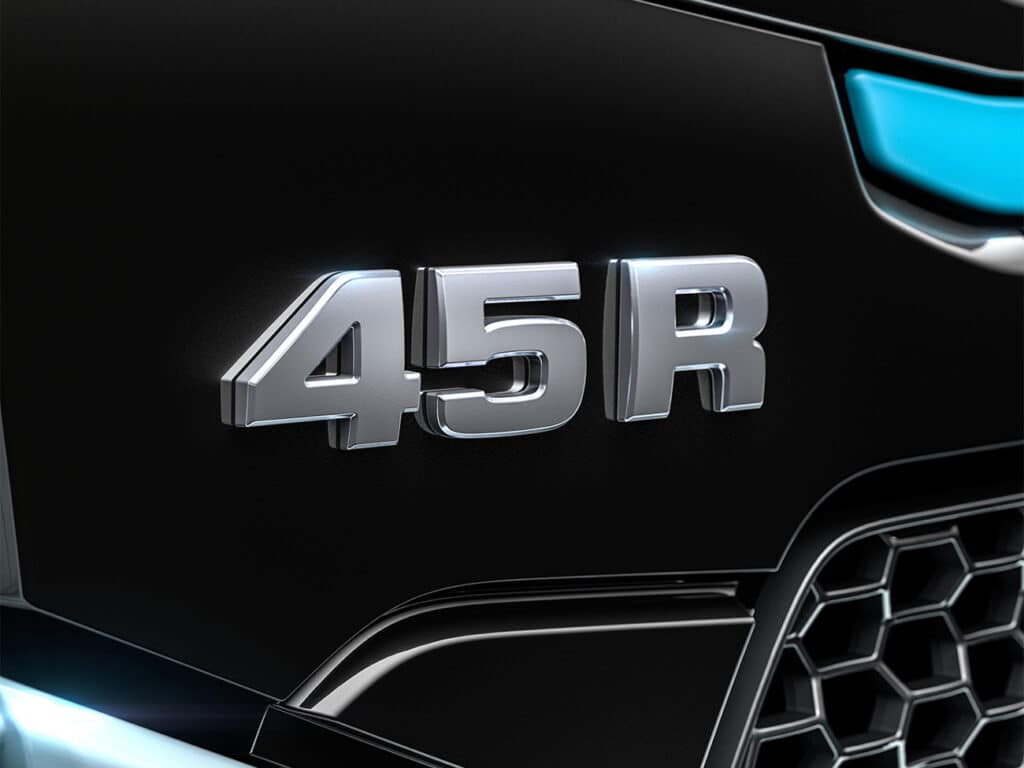
Scania's new generation of BEV trucks is based on classic Scania cornerstones such as modularity, durability and an overall operating efficiency that can match or even exceed the expectations of conventional trucks. And Scania's latest electric trucks come with all the support with operational factors and services that make them complete solutions, including charging, financing, insurance and maintenance facilities.
"The addition of these solutions to Scania's portfolio is a big step forward for customers who want to lead the way," said Fredrik Allard, Senior Vice President and Head of Electrification at Scania. "We make the transition easier for our customers by incorporating important customer values, such as close partnership and zero-emission."
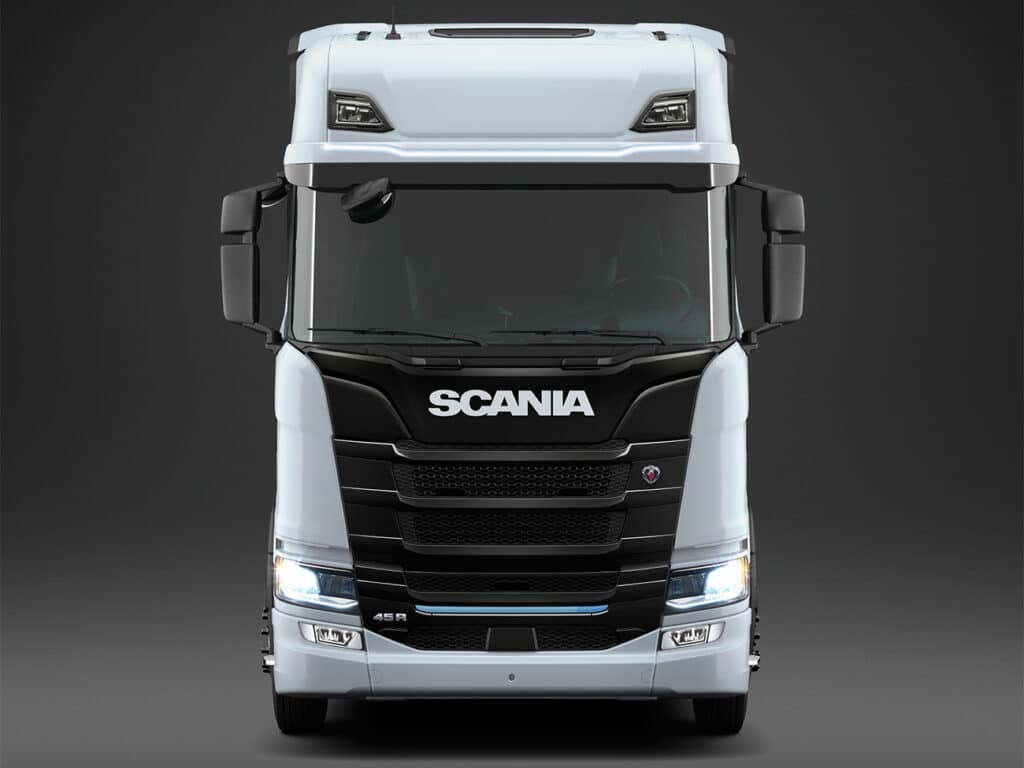
Scania's new trucks will allow customers to use bucket trucks or tractor-trailer combinations; such as temperature-controlled transports. Range varies by weight, configuration and topography, but a 4×2 tractor with six batteries can travel up to 350 km between each recharge, at an average speed of 80 km/h on highways. Fixed routes that provide scheduled charging at the home depot or at the destination are most favorable. Occasional charging during the driver's mandatory 45-minute rest will obviously increase the range.
"Scania has now reached maturity in terms of our electrified offering," says Allard. "With this important addition to our existing hybrids and the BEVs for urban distribution that we introduced in 2020, we can now offer our customers a sustainable and versatile portfolio of zero-emission solutions."
Scania's new BEV trucks can initially be ordered as either 4×2 tractors or 6×2*4 rigids. A 4×2 tractor unit requires a wheelbase of 4,150 mm when it has six batteries, thus benefiting from the regulation for larger vehicle dimensions in Europe. GTWs up to 64 tons, according to the typical Scandinavian combination, can be specified.

The payload is up to 375 kW, meaning that one hour of charging adds about 270 to 300 km of range as a rule of thumb. The continuous power output of a Scania 45 R or S is 410 kW (equivalent to about 560 hp). Scania's next-generation electrified trucks can be ordered soon from authorized Scania dealers, with production beginning in the second half of 2023.
"Addressing global CO2-challenges means we all have to produce and consume in new ways," Levin says. "Reducing, reusing and recycling have always been important to Scania. The only thing still standing in the way of a major transition to a fossil-free transport system based on electrified solutions is a full charging infrastructure, but we are seeing progress there too."
The availability of charging solutions is indeed critical for European customers looking to invest in BEV trucks on a larger scale. Scania has joined forces with global partners, and with Scania as a single point of contact, they can offer complete charging solutions that ensures a seamless and future-proof experience for BEV customers.

